Calls to stop work on house-building project in Poulton as remains of a Roman settlement unearthed
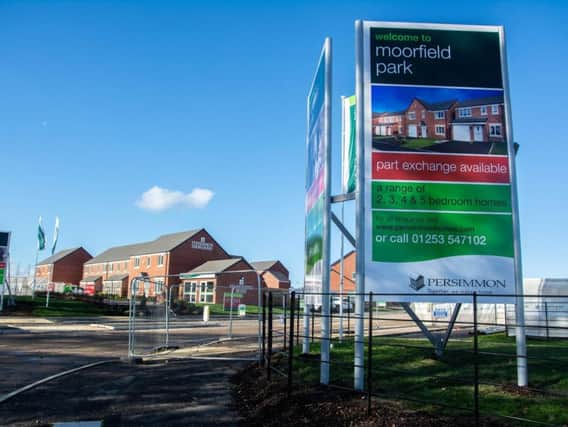

Archaeologists have excavated the ruins of roundhouses thought to be 2,000 years old on farmland off Garstang Road East, not far from the historic Great Hall at Mains, ahead of homes being built there.
A report lodged with the council before Persimmon Homes’s bid was controversially approved had already described the site as “of regional significance” for “likely” representing the first Roman farmstead set in roundhouses “to have been excavated in Lancashire.”
Advertisement
Hide AdAdvertisement
Hide AdEvidence of roundhouses – and pottery – was first found there a decade ago as work on a 10m sewer scheme began, leading to Poulton-based archaeologist Pascal Eloy to claim it “really re-writes” the town’s history.
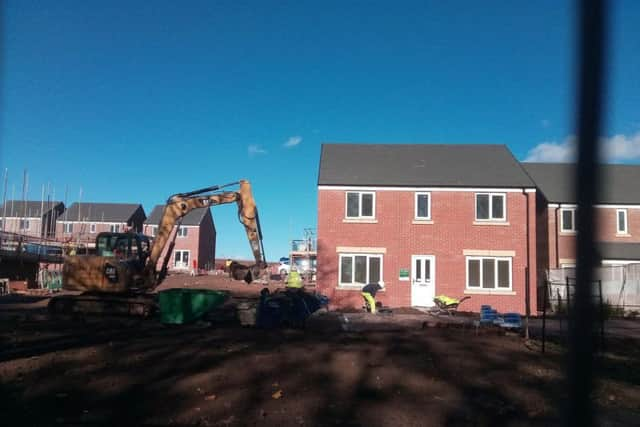

And although Persimmon Homes did not say whether the latest discovery – with pictures showing holes for timber support posts – was further evidence of settlers in the Roman-era, from 43 to AD 410, one expert with knowledge of the 2008 dig said: “I would be surprised if they are the same roundhouses because it would be unusual to repeat work that has already been done.
“They would not re-excavate something that was known to have been there.
“There used to be the idea that people did not live in Lancashire during the Iron Age [from 800BC to AD 100], but clearly there is a growing body of data to show that they did.”
Advertisement
Hide AdAdvertisement
Hide AdPeter Wright, a history teacher at Blackpool Sixth Form, said the roundhouses could “hold 30 or 40 people”, and said: “You only need four or five and you had a whole community.
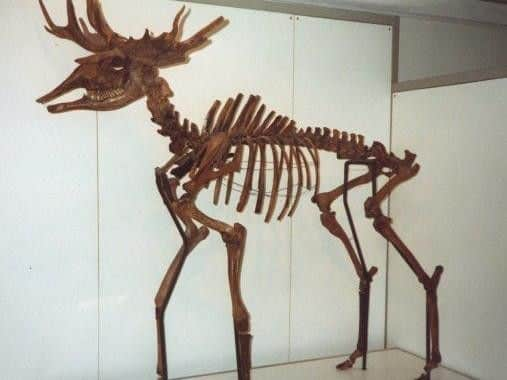

“It’s madness to be building on there. I was surprised they got the go ahead. For the significance and history to the area, it’s a pity to build on there.”
He said the ruins were “100 per cent roundhouses”, and said: “The big holes were for the support beams. All the organic material rots away because they didn’t have a foundation and were not built with stone.
“Once the timber rots, the holes are the only traces of them. You can tell where the entrance was and the main support beams.”
Advertisement
Hide AdAdvertisement
Hide AdLocal independent councillor Peter Gibson, of Sheringham Way in Poulton, said: “This should not be allowed to happen. It’s our heritage and history and developers should not be riding roughshod over it.”
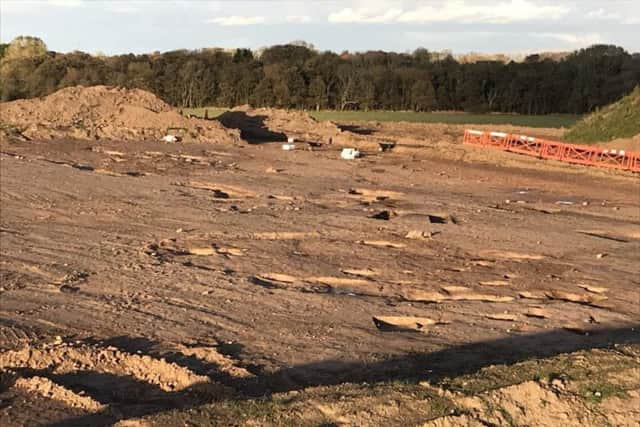

Council leader David Henderson, who also opposed the bid to build the 516 two, three, four and five-bedroomed homes on the land, said he has asked planning officers to look into a Facebook post written by site labourer Jonny Wilson.
In the post, to the Poulton-le-Fylde Chat group, Mr Wilson claimed there had been findings of a “national interest”, including evidence of iron forging.
Coun Henderson said: “If this find is significant I feel that any further development should delayed while it is investigated.”
Advertisement
Hide AdAdvertisement
Hide AdWardell Armstrong Archaeology has been working at the site to meet a condition attached to planning permission for the homes, and is expected to produce a report outlining its findings.
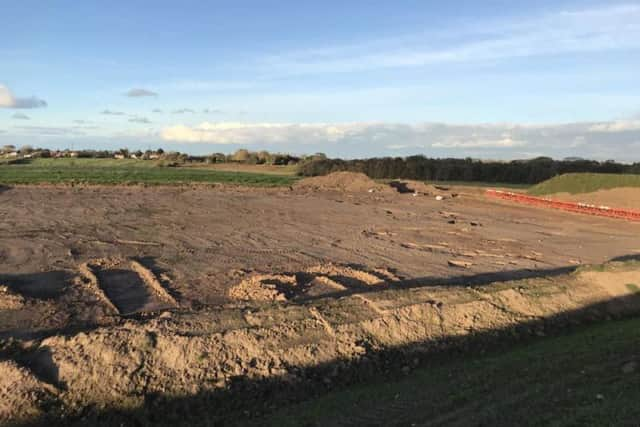

Persimmon Homes said in a statement it was also working “closely” with the council and Lancashire Archaeology Advisory, but said work would continue regardless of its findings.
Service.
“The findings will be fully recorded in line with the development’s planning permission,” it said.
“The archaeological work, once complete, will not affect the future development.”
Advertisement
Hide AdAdvertisement
Hide AdMr Wilson said he was “just a labourer” and “nothing to do with the project itself”, but added: “Our past is just as important as the future.”
Zoe Kelly, 57, who lives across from the building site, said: “When they originally found the Iron Age roundhouse, which must have been eight to 10 years ago, there were rumours then that there was Roman artefacts in that area.


“I just think it has never been fully explored.
“You’re not just going to have one round on its own. I think there’s far more in that field and they did not care to look.
“It doesn’t surprise that they have found something.
“When they did uncover the Iron Age round the first time, they excavated it and dug it all up and had it open to the public for two days, and now they are going to build on it.”
Signs of prehistoric man
Advertisement
Hide AdAdvertisement
Hide AdSigns of man living on the Fylde coast in prehistoric times – up to 72 AD – have previously been found.
Pottery from the Bronze Age – 3300BC to 1200BC – pottery was recovered from Skippool Bridge, while a stone arrowhead was found to the south-west of Poulton. An elk skeleton, with a barbed arrow head embedded in one of its bones, was discovered in Highfurlong, near to where Blackpool Sixth Form is now, to the south, which is thought to date back to the Paleolithic period – 2.6 million years ago.
Top quality farmland
Poulton is in an area known as the Lancashire and Amounderness Plain, which is classed as top quality farmland stretching from Morecambe Bay in the north the outskirts of Liverpool in the south.
The name Poulton is derived from the old England word ‘pol’, which means ‘pool’, with the second element ‘tun’, which meant ‘settlement’.
Advertisement
Hide AdAdvertisement
Hide AdThe historic market town was documented in the Domesday Book of 1066 – a record of a great survey of England and Wales by King William the Conqueror – as Polton.
It was later called Pultune in 1160, and Pulton in 1196, historians said. It became Poulton, with -le-Fylde added in 1842 to distinguish the town from Poulton-le-Sands, which later became Morecambe
Other remains ‘may extend beyond excavation limits’
Archaeological work at the site previously revealed evidence for at least two Iron Age Roman roundhouses on the western edge, while it was “believed that other remains may extend beyond the limits of that excavation”, a report by Wardell Armstrong said.
A Roman road, which may have run along Little Poulton Lane, may have also run through the northern part of the site.
Advertisement
Hide AdAdvertisement
Hide Ad“Although the proposed development site is situated well away from the medieval core of Poulton-le-Fylde, it is possible that there was a settlement of some form at Little Poulton, and therefore it has been considered that the study area may have been utilised for agricultural purposes from an early date,” the report said.
“The features, which included at least two roundhouses, were interpreted as likely to represent a Romano-British farmstead set within rectilinear enclosures, the first such example to be excavated in Lancashire, although certain elements had similarities with comparable sites in the county.”
In post-medieval times, the site was used as farmland, with maps from the 19th century showing the land being divided into fields, which contained a number of marl pits –from which lime-rich sub soils would have been dug.
In 1999, the site was earmarked as a ‘strategic residential development site’ in the Wyre Local Plan. Two years later, an application was submitted for housing, rejected, and appealed. The Secretary of State later overruled a government inspector’s decision “on the grounds of prematurity and the need for brownfield sites to come forward ahead of a large Greenfield application,” a planning statement from Persimmon and Jones Home said.
Since that time it remained undeveloped.
Advertisement
Hide AdAdvertisement
Hide AdIn papers relating to Persimmon’s successful bid, which dates back to July 2016, the council said “archaeological remains” were found in six – potentially seven – of 14 trial excavation trenches, including a ring gulley which “appeared to be part of a roundhouse” “which links to previous significant archaeological discoveries” there.
It said “both areas where former archaeological features were identified will be built over, and therefore further excavation and recording will be necessary in order that surviving archaeological features are properly preserved by record.’”
Some 184 residents submitted responses to the building plans, with several mentioning the historical significance of the site in their objections.
One read: “There would appear to be as yet undiscovered heritage following significant finds of the Iron Age/Roman roundhouses. The fields need to be preserved for future excavations as they are expected to be rich in further finds. Do we know what the developers will do to ensure that such artefacts are not destroyed?”
Advertisement
Hide AdAdvertisement
Hide AdAnother said: “Roman ruins - will these be buried under tons of rubble for eternity, surely they should be protected, why should some developer have the right to deprive future excavations?”
The Poulton-le-Fylde Historical and Civic Society said on its website the first roundhouses marked a “very rare find”, while there was also evidence of medieval ridge and furrow plouging.
It said: “A small amount of black burnished ware pottery was found, which helps to date the roundhouse. Also discovered [were] signs of a further roundhouse a few metres away, suggesting this could have been the site of an early settlement.”
Wyre Council said: “Because of the known archaeological features on the site the applicant was required to submit a scheme of investigation (WSI) for a targeted excavation on part of the site in order to excavate, sample and record any remains found within the investigation area.
Advertisement
Hide AdAdvertisement
Hide Ad“This in in addition to previous excavation works carried out by Wardell Armstrong.
“The WSI was agreed with Lancashire Archaeological Advisory Service (LAAS) a few months ago, and on-site archaeological works will proceed in line with this agreed detail.
“On that basis the developer is meeting the condition requirements of the permission in terms of archaeology.”